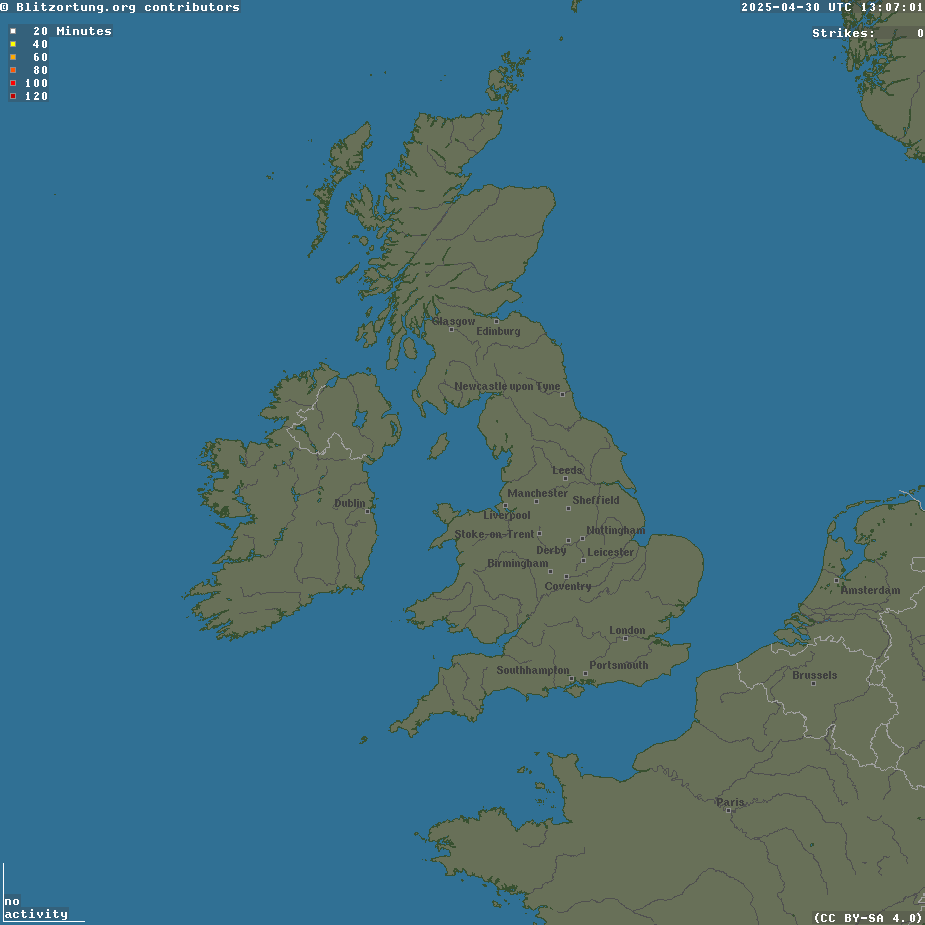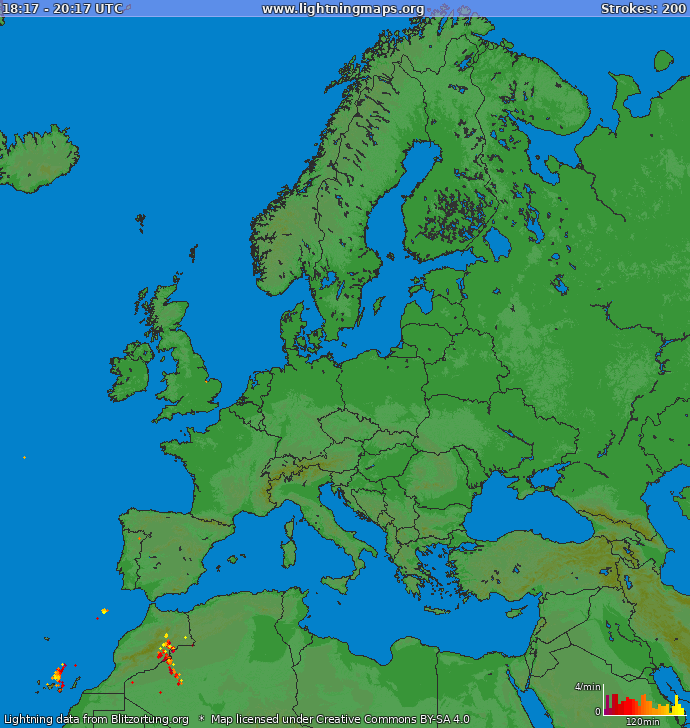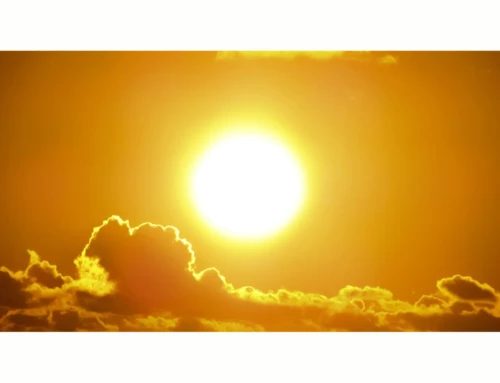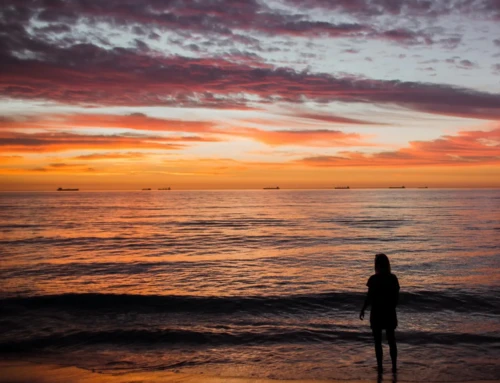If the weather is a bit humid then just check the maps below to see where the latest lightning strikes are happening.
We have a global map available first which you can them zoom and drag about or if you want to just see the UK data then go further down the page or just click here.
The age of the Lightning strikes is shown by the colour coding in the top left hand corner of the map, where white is the newest (within 20 minutes) and red the oldest (2 hours ago) and the total number of strikes recorded are shown in the top right hand corner:

If you’d like to see a full page version of this then click here
In terms of the UK map the age of the Lightning strikes is shown by the colour coding in the top left hand corner of the map, where white is the newest (within 20 minutes) and red the oldest (2 hours ago) and the total number of strikes recorded are shown in the top right hand corner:
Although we don’t have a map at the moment, we are measuring lighting strikes and their frequency within 25miles of the Crondall Weather Station which you can see here and here’s our summary for now and the year
Or if you want a second opinion for the Europe…
Or even a third….
So what causes Lightning?
Lightning is caused by an electrical discharge of electrons moving very quickly from one place to another. These electrons move so quickly that they superheat the air around them causing it to glow.
Thunderstorms are created by strong rising air currents called updrafts. These updrafts create winds of 50 mph (or more) rising several miles into the air to form Cumulonimbus clouds. Warm updrafts and cooler weaker downdrafts create turbulence within thunderclouds resulting in the interaction of tiny water particles and microscopic ice crystals called hydrometeors.
The continuous collisions of the water and ice creates large and small particles. The different movement characteristics of these varyingly sized particles in turn creates electrical charges within the cloud. For reasons not yet fully understood by scientists, it is thought that

smaller particles (less than 100 micrometers) acquire a positive charge, while larger particles gain a negative charge.
Movement of air inside the cloud combined with the effects of gravity causes these differently sized water particles to separate. Updrafts carry the tiny particles to the top of the cloud and gravity pulls the larger water or ice particles towards the bottom of the cloud. This separation of smaller positively charged particles and the larger negatively charged particles creates an electrical imbalance with an enormous electric potential of millions of volts across the storm cloud.
Just as gravity demands water returns to the sea, the laws of physics requires this electrical difference to be neutralised. Lightning is formed as tremendous currents travel across the air to correct the huge imbalance of negative electrons created within the storm cloud.
As the charge builds up within the storm cloud invisible fingers of negatively charged electrons called stepped leaders branch out from negative charged regions toward more positively charged areas. These leaders break down the air depositing negative charge and ionising it.
The ionised air has a lower resistance then normal air and it is along this channel of low resistance that large currents pass in the form of a return stroke. The majority of electrical energy (approx 80% to 90%) is discharged within the cloud itself as intra cloud lightning. Occasionally lightning passes between separate thunderstorm clouds as inter cloud lightning. So as the number of negatively charged electrons grows in the base of the cloud, the electronic field generated by them also grows repelling the electrons on the surface of the earth deeper into the ground forming a stronger positive charge on the surface.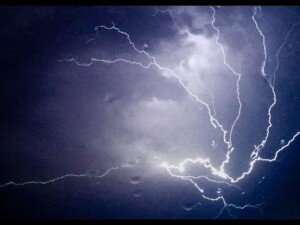
Negative stepped leaders fork downwards from the cloud feeling for the best conductive path to earth. They branch down from the strongest charged areas of cloud in all directions breaking down the air along their way making it easier for other electrons to pass.
The broken down ionized air is known as plasma and is much more conductive than non-ionized air. As the charge in the cloud grows these stepped leaders become longer reaching nearer to the ground making the surface of the earth more positive. As the positive field on the earth’s surface grows, fingers of positively charged air called streamers reach up from grounded objects offering a path of low resistance when compared to the surrounding air. Negatively charged electrons will always try to take the easiest path to a more positively charged region. This path may not be the shortest, but it will always be the path of least resistance. This means the objects on the ground do not have to be the tallest structures in an area, but the ones offering paths of least resistance to ground.
When a positive streamer from a grounded object connects to a negative stepped leader, together they create a channel of broken down air for the immense current to freely travel along. This is referred to as the “return stroke”. This return stroke runs along each stepped leader from the bottom up, with the electrons traveling down towards the ground in a sensational flash of brilliant superheated light and thunder.
Current also flows back along all the stepped leaders that never directly connected to a streamer, using the existing low resistant path of ionised air to discharge the energy held along them. This causes all the weaker hanging fingers of lightning to flash.
The bright glow from lightning is caused by the immense currents (can be over 200,000 amps) super heating the air it is traveling along to 3 ½ times hotter than the surface of the sun.
 The sound of thunder is caused by the same superheated air expanding rapidly and creating a supersonic shock wave. As a lightning strike is not one continuous bolt of lightning, but a series of lightning bursts traveling along stepped leaders (typically 30miles in length) the sound created is not one single report or boom, but a series of them.
The sound of thunder is caused by the same superheated air expanding rapidly and creating a supersonic shock wave. As a lightning strike is not one continuous bolt of lightning, but a series of lightning bursts traveling along stepped leaders (typically 30miles in length) the sound created is not one single report or boom, but a series of them.
On the return stroke, each stepped leader is discharged from the bottom up super heating air and creating a shock wave at different altitudes. These differently timed shock waves at different altitudes give the rumble effect during a lightning strike. A series of secondary strokes can also travel along the same ionised channel as the initial return stroke making the thunderclap oscillate in volume as secondary shock waves are generated.
Some Interesting Facts about Lightning
If you enjoyed reading this, the please explore our other articles below:

